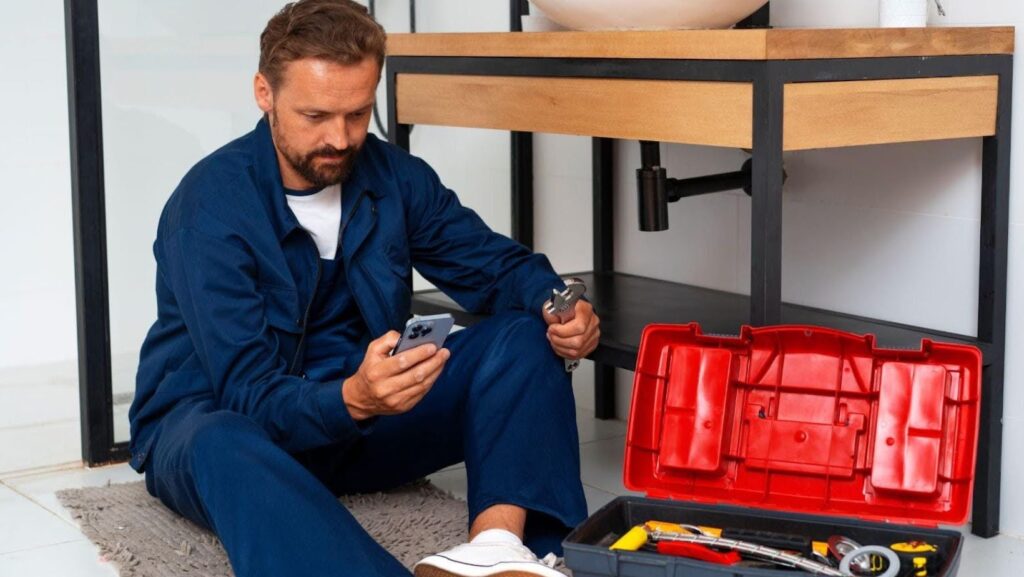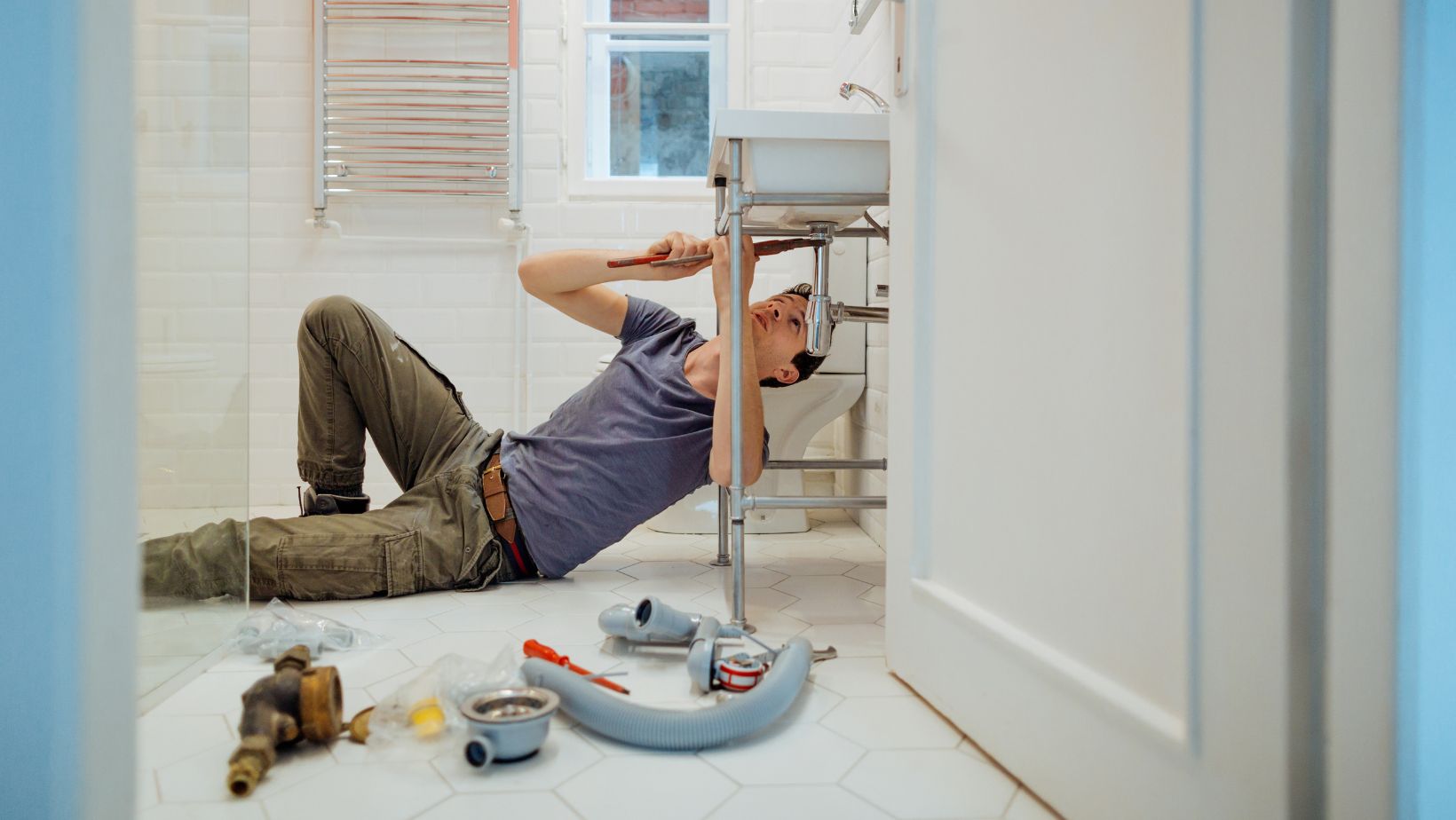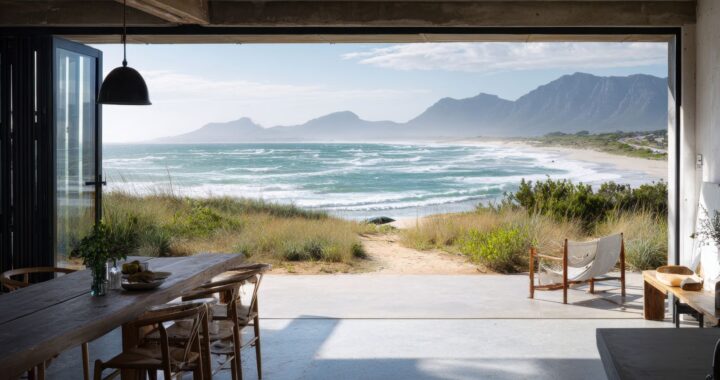The Hidden Risks of DIY Plumbing You Should Know

Many homeowners are drawn to DIY plumbing projects, hoping to save money and avoid the hassle of hiring a professional. However, plumbing systems are complex, and small mistakes can lead to costly repairs, water damage, or even safety hazards.
While DIY might seem like an easy solution, it often creates more problems than it solves. This article highlights the hidden risks of DIY plumbing and explains why hiring a professional is the cost-effective choice in the long run.
Safety Hazards: Gas Leaks, Electrical Issues, and Water Damage
DIY plumbing projects can expose homeowners to serious safety hazards, especially when working with gas lines, electrical systems, and water.
1. Gas Leaks
Working with gas lines without proper knowledge can be extremely dangerous. Improper installations or repairs can lead to gas leaks, which significantly increase the risk of explosions or fire. This hazard requires immediate attention from professionals trained in gas systems.
2. Electrical Hazards
Plumbing and electrical systems often overlap, particularly with appliances like water heaters. Handling electrical components during plumbing work can lead to dangerous situations, including electric shocks or fires, if not done by a trained professional.
3. Water Damage:
Even small plumbing mistakes can lead to significant water damage. A poorly installed pipe or loose connection can result in leaks that go unnoticed, damaging walls, floors, and foundations. Over time, these leaks may cause mold growth, structural damage, and expensive repairs.
Voiding Warranties and Insurance Issues
DIY plumbing can lead to significant financial setbacks when it comes to warranties and insurance coverage. Many products, such as water heaters and faucets, require professional installation to maintain their warranties. By attempting a DIY installation, homeowners risk voiding these warranties and becoming responsible for costly repairs.
Additionally, most insurance policies don’t cover damages caused by DIY work. For example, if a DIY project goes wrong and causes flooding, homeowners may not be able to claim insurance because the work wasn’t done by a licensed professional.
Remember that proper installation requires specific knowledge and must meet safety codes If you’re wondering where can you install a tankless water heater. Professional installers ensure your warranty stays valid and minimize the risk of costly mistakes.
The Hidden Costs of DIY Plumbing Mistakes
DIY plumbing mistakes may seem like a way to save money upfront, but they can end up being much more expensive in the long run. For example, repairing an improperly installed tankless water heater can be costly and time-consuming, as the unit may require professional adjustments or even replacement. Similarly, a botched installation can lead to damaged pipes or fixtures, requiring expensive replacements.

Professionals, on the other hand, have the right tools, knowledge, and access to high-quality parts that ensure a job is done efficiently and correctly. Their expertise prevents costly plumbing mistakes and reduces the need for future repairs.
If a DIY project goes wrong and needs correcting, the cost of professional repairs can be significantly higher than simply hiring an expert in the first place. In the long run, choosing a professional can save both time and money.
Endnote
Ultimately, plumbing projects require more than just basic tools and instructions. They demand expertise as well to a great extent. Tackling them yourself can lead to hidden risks and long-term expenses that you could easily avoid with professional help from plumbing contractors.
To protect your home’s safety and integrity, it’s best to leave plumbing work to the experts who can get the job done right from the start. When it comes to plumbing, investing in a professional ensures a long-term solution.

 New Parent Home Checklist: Must-Haves for a Safe and Cozy Nursery
New Parent Home Checklist: Must-Haves for a Safe and Cozy Nursery  Maximalist Magic: Embracing Bold Patterns and Colors in Modern Home Design
Maximalist Magic: Embracing Bold Patterns and Colors in Modern Home Design  Blending Luxury with Eco-Innovation in Coastal Regions with Leading Home Builders
Blending Luxury with Eco-Innovation in Coastal Regions with Leading Home Builders